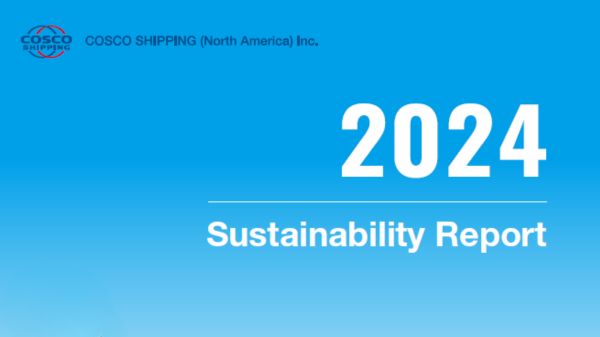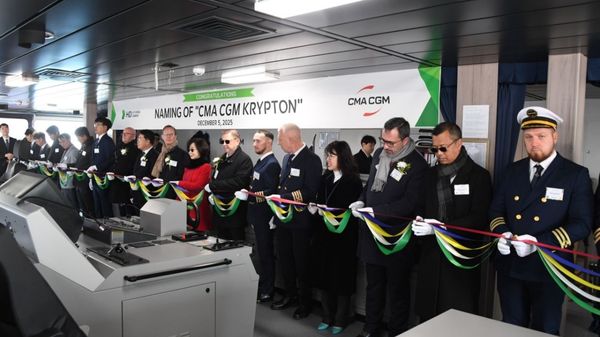The
Antarctic and Southern Ocean Coalition (ASOC) has issued the following statement regarding the grounding of the
MV Ushuaia in Antarctica last week, which resulted in marine gas oil leaking from the vessel.
Press Release
Statement on the Grounding of the MV Ushuaia in Antarctica
On December 4, 2008 the tourism cruise vessel MV Ushuaia1 grounded at position 64º35.5’S 062 º25`W, at the entrance of
Wilhelmina Bay [pictured] near Cape Anna in the NW Antarctic Peninsula. This is one of several maritime accidents by ships operating in Antarctica in the past two years.
The Antarctic and Southern Ocean Coalition (ASOC) is relieved to learn that according to industry sources there was no imminent danger and no threat to human life.
An international rescue was promptly put in place with the assistance of the relevant Marine Rescue Coordination Centers in
Ushuaia, Argentina and
Punta Arenas, Chile. Several cruise and navy vessels are on or travelling to the site, or on stand-by.
The passengers of the MV Ushuaia have been transferred to the Chilean Navy vessel
Achiles, which will transport them to the Chilean base Presidente Frei, in Fildes Peninsula,
King George Island, from where they will be repatriated by plane.
The ship has punctured fuel tanks with a capacity of 55m3 of Marine Gas Oil (MGO). According to industry sources only a small amount of fuel leakage has taken place and an oil spill barrier has been deployed. An Argentine air force aircraft will over fly the site to evaluate the oil spill.
This incident has striking similarities with recent incidents involving tourism cruise vessels in the Antarctic. The area was frequently visited and relatively well known; the ship had been operating in the Antarctic Peninsula for several years and the crew was experienced; weather conditions at the time of the accident were relatively good; nobody was hurt during the collision or evacuation; and help was at hand.
As in other cases, the environmental impact of the sinking of the vessel is a cause of concern, with no clear information to date as to how much fuel has been spilled, and no satisfactory remedial action possible in the event of a large fuel spill.
At least two bird colonies are reportedly located within 0.5-7 nautical miles of the incident. The most immediate threat is to a colony of blue-eyed shags only 0.5nm from the site. Other nearby wildlife colonies include a small colony of chinstrap penguins around 6.6nm from the site. Fuel oil can be toxic and there is potential for an impact on fish and other marine life in the vicinity.
It is not yet clear what caused this incident, however, the fact that it involved a capable, albeit older, vessel with just over 120 people aboard throws into stark relief the risks posed by the increasing numbers of vessels and by enormous vessels which have now begun to operate in the Antarctic, some of which carry more than 2500 people.
Not only do these vessels carry more fuel, but also the largest ones tend to carry heavy fuel oil, which poses an even greater risk to the marine environment.
Despite the rapid growth, expansion and diversification of tourism for well over a decade, and a spate of serious accidents involving tourism ships, the Antarctic Treaty System lacks a comprehensive policy for tourism in Antarctica. Furthermore, there are no legally-binding internationally agreed standards or operation procedures for vessels operating in the Antarctic.
The last
Antarctic Treaty Consultative Meeting (
Kiev, Ukraine, June 2008) did not reach agreement addressing the increase of Antarctic tourism overall, nor on specific measures to address aspects of tourism of particular concern.
Given the growing complexity of tourism there is not a single specific action that Antarctic Treaty Parties should take to address the problems raised by tourism. Rather, a range of measures is needed.
There is an urgent need for Antarctic Treaty Parties to develop a vision for tourism in the Antarctic and to agree on a tourism strategy that delivers on that vision, and for the IMO to extend the existing Arctic Guidelines to cover ships operating in the Antarctic - ensuring that the measures are sufficient in the stormier, more remote seas of the Southern Ocean.
Steps to be considered include banning ships exceeding a certain size and carrying more than a certain number of people or a certain amount of fuel on board, establishing ice-strengthening standards for vessels which go into Antarctic waters, establishing stringent qualifications and training for ice navigators, and reviewing how effectively existing regulations are implemented.
In addition, ASOC notes the duty of Antarctic Treaty Consultative Parties to ensure the expeditious entry into force of Annex VI on Liability as a matter of urgency. Annex VI to the Antarctic environmental Protocol on Environmental Liability Arising from Environmental Emergencies was signed in 2005 after more than a decade of negotiation. To date, the Annex has not entered into force. The only Parties that have ratified Annex VI are Sweden and Peru.
ASOC believes that there is an urgent need for Antarctic Treaty Consultative Parties to establish sensible operating rules for tourism and for the UN’s International Maritime Organization (IMO) to establish a legally-binding instrument for shipping in Antarctic waters before a catastrophe occurs.
ASOC also believes that because of the sensitivity and vulnerability of Antarctic waters used by the tourism industry to the impacts of shipping, designation by the IMO as a Particularly Sensitive Sea Area should be considered.










